Optimal Septic Service Schedule
Septic service scheduling depends on various factors including usage patterns, tank size, and system age. Regular inspections and maintenance are essential to ensure proper functioning and to prevent costly repairs. Typically, septic tanks should be pumped every 3 to 5 years, but this may vary based on household size and water usage.
Fall and spring are ideal times for septic service to prepare for increased usage or to recover from winter conditions.
Scheduling service before periods of heavy usage, such as holidays or family gatherings, helps prevent system overload.
Septic systems should be inspected and serviced shortly after installation to ensure proper operation.
Annual inspections can identify issues early, prolonging the lifespan of the system.

Routine inspections help detect potential problems early.

Regular pumping prevents solids buildup and system failure.
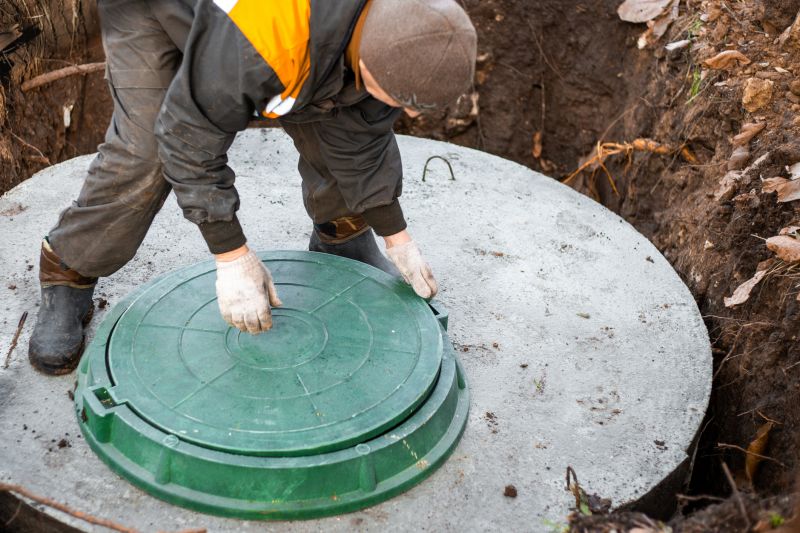
Proper maintenance extends the lifespan of septic components.

Ways to make Septic Service work in tight or awkward layouts.
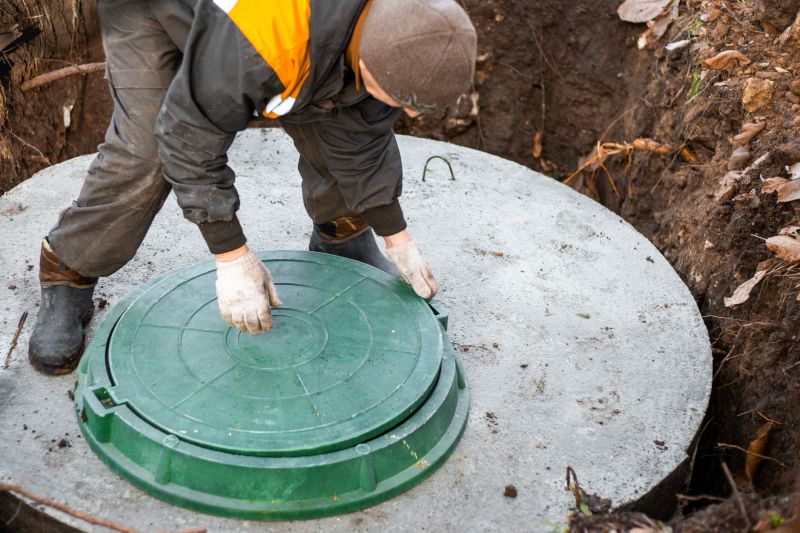
Popular materials for Septic Service and why they hold up over time.
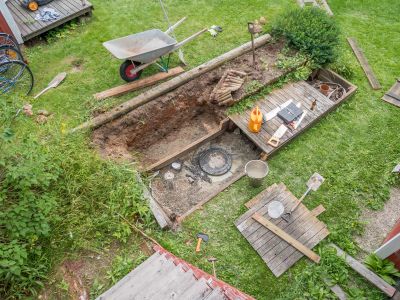
Simple add-ons that improve Septic Service without blowing the budget.
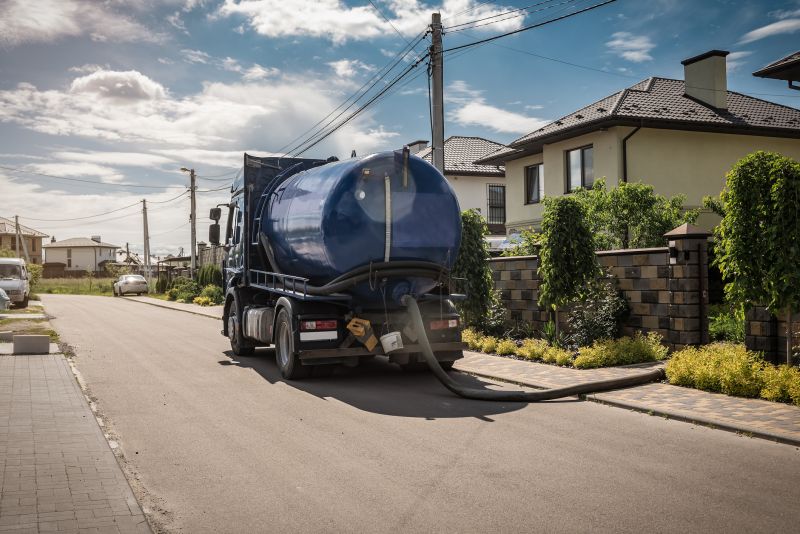
High-end options that actually feel worth it for Septic Service.

Finishes and colors that play nicely with Septic Service.
| Best Time for Septic Service | Notes |
|---|---|
| Fall | Prepare for winter and increased household use. |
| Spring | Post-winter inspection and maintenance. |
| Before heavy usage periods | Holidays or family gatherings. |
| After severe weather | Check for damage or backups. |
| Post-installation | Ensure system is functioning properly. |
| Annually | Routine inspections to prevent issues. |
Septic service is a vital part of maintaining a functional and efficient waste management system for properties not connected to municipal sewers. Proper scheduling and regular maintenance can prevent system failures, backups, and costly repairs. It is recommended to adhere to a maintenance schedule tailored to the specific needs of the property and system usage.

Understanding system parts aids in proper maintenance.

Efficient removal of solids ensures system longevity.

Professional inspections identify potential issues early.
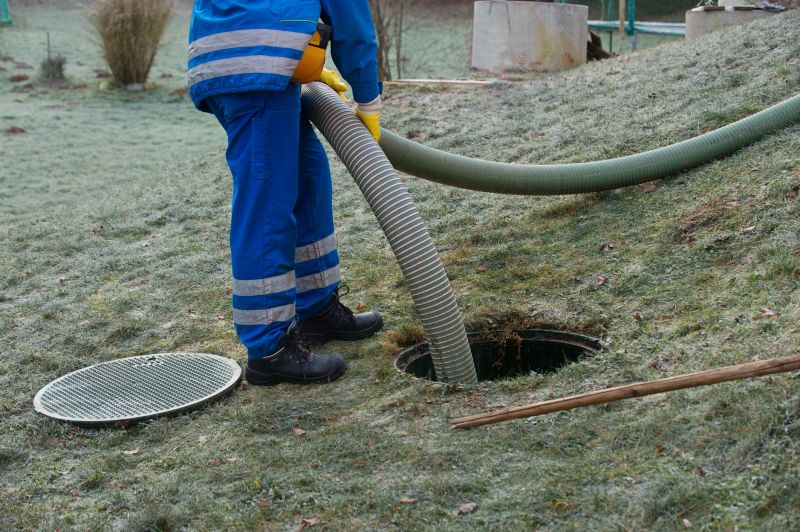
Regular upkeep prevents system failures.
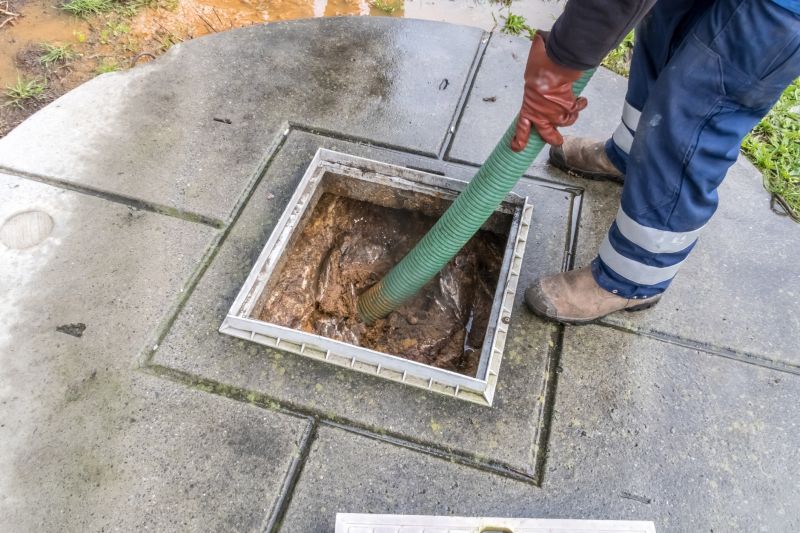
Little measurements that prevent headaches on Septic Service day.

A 60-second routine that keeps Septic Service looking new.

A frequent mistake in Septic Service and how to dodge it.

Small tweaks to make Septic Service safer and easier to use.
Interested in scheduling septic service or learning more about maintenance options? Filling out the contact form provides a straightforward way to connect with local professionals experienced in septic system care in San Carlos, CA.

